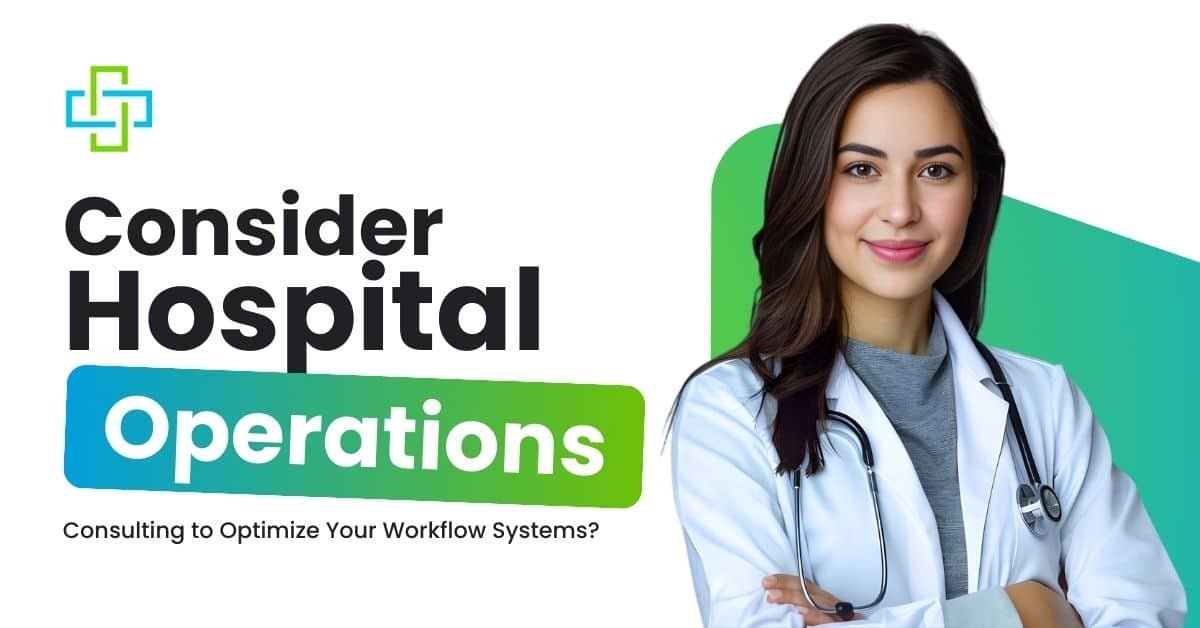The medical billing process is highly tedious and overwhelming for healthcare providers, as there are several protocols that must be followed meticulously in order to receive reimbursement for the claims submitted. One of the best solutions to optimize this process is the use of Electronic Remittance Advice (ERA) in medical billing.
ERA in medical billing is one such essential element that has emerged, enabling healthcare practices to streamline their reimbursement processes and get paid more efficiently and accurately for the services they provide.
In this guide, Prime Well Med Solutions will explain what the ERA in medical billing is how it works, and how it can help drastically improve the reimbursement cycle for healthcare providers. No matter your size from a small practice to a large hospital, learning how to utilize ERA codes and electronic remittance advice is one of the simplest ways your practice can get paid faster, reduce mistakes, and increase cash flow.
Let’s dig into the details!
What is ERA in Medical Billing?
ERA in medical billing is the electronic counterpart of paper remittance advice (RA). At its core, remittance advice is a document sent by insurance companies or payers to healthcare providers regarding claims information. It contains information like payment received, denial, and adjustment done to a specific claim.
Simply put, an ERA is an electronic version of this information, eliminating manual processes and streamlining the medical billing process.
Unlike traditional paper-based remittance advice that arrives in the mail, medical billing ERA is electronic and can be delivered to providers, frequently as part of an electronic health record (EHR) or practice management software system. This ensures quicker and more processed payment and financial tracking.
It’s a digital notification that explains the payer’s payment frameworks about a claim, including the amount paid, adjustments made and reasons for denials, if any. ERA also assists practices in verifying that they have been properly reimbursed for their services, and it offers a more streamlined process for resolving such issues and discrepancies.
Key Benefits of ERA in Medical Billing
Enhancing the reimbursement process, ERA has several advantages and benefits in medical billing that help in the reimbursement process as well as reducing administrative complaints.
Now let’s explore how this technology could improve the reimbursement process!
1_ Faster Processing
With ERA in medical billing, the providers get remittance information much quicker as compared to the old paper-based systems. This instant access helps providers reconcile any payments in mere minutes, which speeds up reimbursement.
By availing ERA in medical billing, the provider does not have to wait for paper remittance advice which usually arrives after a few days or weeks compared to ERA which allows real-time access and advances cash flow by eliminating delays in payments.
2_ Automated Reconciliation
Automated Reconciliation, one of the most important benefits of using ERA in medical billing. ERA integration can integrate automatic patient account updates with your practice management system or billing software. This minimizes manual data input, reduces errors, and saves admin staff time.
3_ Improved Claims Processing
Using your system for a more straight forward claims process is possible by integrating ERA into medical billing. These decisions from the payer are presented in a standardized, structured format, so providers can go straight from reading the payer’s decision to taking action on a claim, whether that means realizing a payment discrepancy, learning why a claim was denied or correcting an error. That real-time feedback strengthens your practice’s capacity to resolve issues quickly, resulting in a healthier revenue cycle.
While it is easy to find many clear advantages of medical billing using the ERA image. Here are some of the most notable benefits:
4_ Faster Payment Processing
This often leads to revenue cycle delays due to paper checks and remittances. ERA in medical billing, which perks up the process of remittance advice submission and remittance processing in real-time, making sure that payments move most effectively. This rapid access to payment information means faster reimbursements, and an overall healthier practice financially.
5_ Reduced Claim Denials
Denials of claims are a widespread problem when it comes to proper medical billing services. Denials are often due to coding mistakes, problems with patient information, or some missing documentation.
One major benefit of ERA in medical billing is that it gives you detailed information about your claims, including the reasons for denial and how to correct it. It allows you to spot problems early and submit claims back to the payers so that the claim is less likely to get rejected and so that you can get paid on the first submission.
6_ Improved Accuracy
So using ERA for medical billing enhances the fruitfulness of your practice’s billing operations. Electronic remittance advice eliminates common human errors associated with manual processes.
For example, billing codes and payer adjustments are applied automatically when payment is processed without human involvement. That minimizes coding and billing errors, resulting in more accurate claims and quicker reimbursement.
How to Implement ERA in Medical Billing?
To set your practice up for success, implementing ERA in medical billing involves a few simple steps.
Here’s how to get started:
Select an Integrated Billing System
Before you can integrate ERA into your medical billing process, the first step is to check if your practice management system or billing software supports the integration of ERA files. Today, most modern EHR systems and billing solutions include ERA functionalities with standards to use. If it doesn’t, consider upgrading to a system that offers electronic remittance capabilities.
Enroll with Payers for ERA
You have to register with your insurance payers if you want to begin to get ERA files. That usually requires paperwork or to electronically sign up with each payer. Once you enroll, the payer will start issuing ERA files to you instead of paper remittance advice.
Train Your Staff
Also, train your administrative staff on the use of the ERA system. They should know how to interpret ERA codes in medical billing and know how to resolve discrepancies as soon as there are any. Your team will be trained correctly to harness the advantages of ERA in medical bill payment.
Monitor and Review ERA Files
While ERA in medical billing does automate a large portion of the remittance process, it’s crucial to use both ERA files and review the data on a regular basis to make sure everything checks out. Confirm that payments and adjustments align with your claims, and rectify discrepancies promptly.
Techniques for ERA Codes in Medical Billing
One of the key components of ERA in medical billing is the ERA codes. These codes offer specifics on payment decisions, denials, and adjustments by insurers.
The payers can have different codes for Explanation of Remittance Advised. However, it plays an important role in medical billing to understand the reason behind the acceptance, partial pay, or rejection of the claim.
Common ERA codes include:
-
Code 22 (Bay Adjustment)
A frequent adjustment code to signal a change in the amount reimbursed in accordance with contractual terms or regarding medical necessity.
-
Code 45 (Authorization Required)
This indicates that authorization was required for the service provided but was not obtained.
If you understand the ERA code in medical billing well, then you can interpret what the payer’s decision means and take necessary action to resolve payment issues, reducing delays and increasing reimbursements.
Guidelines to Follow When Using ERA in Medical Billing
-
Ensure Data Accuracy
Ensure that all patient and payer information is current on a regular basis. This ensures correct ERA files and payment processing.
-
Regularly Review ERA Files
Make it a habit to regularly examine ERA files to verify that all claims have been processed correctly. Resolve any discrepancies immediately to avoid delays in payment.
-
Implement Automatic Posting
Perhaps for ERA files, you can set up automatic posting. This streamlines the reconciliation process, saving manual effort and allowing you to focus your time on higher-value tasks.
-
Train Your Staff
Make certain your staff knows how to read ERA codes and what actions to take to promptly resolve payment discrepancies. By achieving higher efficiency of the billing process and fewer claim denials.
Wrapping Up!
It provides a risk-free and fully-fledged system to streamline the entire process of medical billing and has the potential to significantly improve the revenue cycle with increased accuracy, less claim denial, and faster reimbursement. With your practice utilizing ERA, you have the opportunity to automate your billing process and lower administrative costs to improve cash flow.
Contact us now and find out how we can assist your practice with ERA in medical billing with maximum reimbursement success!
📲 Stay connected and get the latest updates by following us on Instagram for expert tips, insights, and more.





